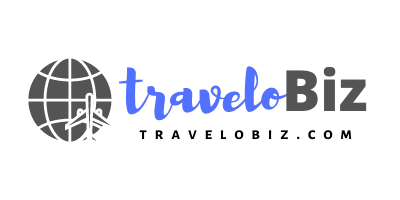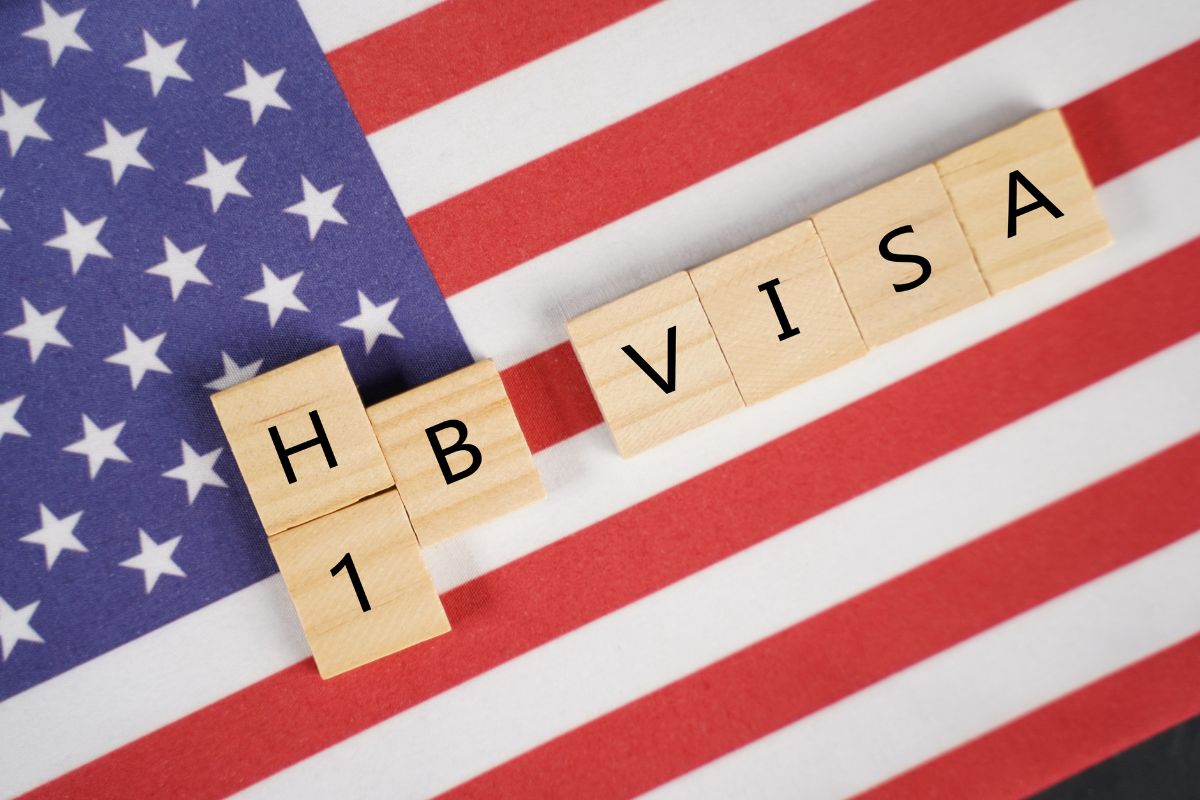As the H-1B Visa registration period approaches in the United States, it’s crucial to be aware of recent updates from the Department of Homeland Security (DHS). These changes, which include modifications to the lottery process, online filing procedures, and USCIS petition filing fees, will be implemented ahead of the upcoming H-1B lottery opening from March 6 to March 22, 2024.
In addition to these updates, we will also guide you through the entire process of applying for an H-1B visa. Our aim is to simplify the application journey, making it more accessible for applicants pursuing the American dream.
H-1B Visa Lottery Changes
In response to the Biden administration’s Proposed Rule on October 23, 2023, the DHS has issued a Final Rule titled “Improving the H-1B Registration Selection Process and Program Integrity.” This rule aims to modernize the H-1B lottery registration process with several significant provisions:
1. Beneficiary-Centric Selection: The new rule limits each beneficiary to one selection per lottery, ensuring fairness in the process.
2. Start Date Flexibility: Employers now have the option for start dates after October 1, providing greater flexibility for certain cap-subject H-1B petitions.
3. Enhanced Integrity Measures: Requirements for valid passport/travel document information and increased DHS authority to address fraudulent statements on petitions, registrations, or LCAs are introduced.
FY 2025 H-1B Cap Registration
Employers must complete an online registration form for each beneficiary, accompanied by a $10 registration fee. Notably, there will be no H-1B cap on petitions filed by institutions of higher education or related nonprofit entities.
What is an H-1B Visa?
The H-1B visa is a non-immigrant visa in the United States that allows employers to temporarily employ foreign workers in speciality occupations. These occupations typically require specialized knowledge and a bachelor’s degree or higher.
Common fields for H-1B visa holders include technology, engineering, medicine, and academia. Securing an H-1B visa involves several steps, from finding a sponsoring employer to completing the application process.
Now, let’s delve into the steps you need to take to navigate the H-1B visa application process.
H-1B Visa Application Process
Below is a step-by-step guide to help navigate through the intricacies of obtaining an H-1B visa.
Step 1: Secure a Sponsor
The initial step requires finding a sponsor, typically your employer. If you’re already in the US with a student visa, inquire if your current employer can sponsor you. Otherwise, explore other options by consulting an immigration lawyer for expert guidance.
Step 2: Employer Files Labor Condition Application (LCA)
Before hiring you, your employer must file a Labor Condition Application (LCA) with the US Department of Labor (DOL). This ensures they meet specific regulations, including offering the prevailing wage and protecting US worker opportunities.
Obtaining an approved LCA involves several steps, including detailing the job, ensuring fair wages, and upholding legal requirements for both yourself and US workers.
Step 3: Determining the Prevailing Wage
The prevailing wage ensures you’re paid fairly, comparable to individuals doing similar jobs in your area. This crucial benchmark is confirmed by the state employment agency and must be met by your employer. If discrepancies exist, a wage determination may be necessary.
Finding the Prevailing Wage:
- National Prevailing Wage and Center (NPWC): This highly recommended option offers “safe harbor status,” minimizing legal challenges related to underpayment.
- Independent Wage Survey: A credible source can conduct a survey to determine the prevailing wage.
- Other Sources: Using sources besides the NPWC is generally discouraged due to potential legal risks.
Step 4: Submitting Form ETA-9035
Once the prevailing wage is secured, your employer electronically submits the LCA through Form ETA-9035 using the Foreign Labor Application Gateway (FLAG) system within six months before your employment start date.
If internet access or physical disabilities are a barrier, you can seek permission for mail submission through the Office of Foreign Labor Certification (OFLC).
Step 5: Employer Submits Form I-129
With the approved LCA, your employer files the H-1B petition using Form I-129. This form includes an employment letter detailing your position, salary, duties, and required qualifications.
Supporting documents like your resume, qualifications, and a letter of support are also attached. Finally, monitor the petition’s status on the USCIS website using your receipt number.
Step 6: Application Completion and Next Steps
Upon Form I-129 approval, you receive Form I-797 Notice of Action. Depending on your location, the next steps differ:
If You’re Already in the US:
- Your status automatically changes to H-1B.
- Do not engage in employment activities until the transition is complete.
- To obtain a visa stamp, submit a DS-160 and schedule an appointment within 90 days before your start date (applicable to individuals already holding valid nonimmigrant status).
- Alternatively, opt for consular processing, requiring travel to your home country for visa stamping. This involves additional applications, documentation, and potential delays.
If You’re Outside the US:
- Submit DS-160 and schedule an interview at a US embassy or consulate in your home country.
- After the I-129 approval, submit a nonimmigrant visa application at the embassy or consulate.
- Following a successful interview and visa issuance, travel to the US becomes possible.
Step 7: Entering the US
The visa allows entry, but approval at the port of entry is required. Remember, visas have expiration dates. Enter the US before the expiry. Upon arrival, obtain permission from US Customs and Border Protection (CBP) for entry as an H-1B visa holder.
Step 8: Maintaining Your Status (Optional)
Once you’re settled in your role, familiarize yourself with the requirements to maintain your H-1B status. This might involve informing USCIS of any changes in your employment, such as a change in employer or salary.
Must Read: US Takes Steps to Streamline H-1B Visa and Green Card Processes
Consulting with an Immigration Attorney
Throughout the H-1B visa process, it’s strongly recommended to consult with an immigration attorney. They possess the expertise to guide you through the intricacies of the process, ensuring you comply with all regulations and navigate any potential challenges effectively. Their guidance can significantly increase your chances of a successful application.
Additional Resources
The United States Citizenship and Immigration Services (USCIS) website offers a wealth of information on the H-1B visa process, including forms, fees, and processing times. You can find it at https://www.uscis.gov/.
Remember
Navigating the H-1B visa process can be complex and time-consuming. Be prepared for potential delays and approach the process with patience and thoroughness.
By following these steps, seeking professional guidance, and staying informed, you’ll be well on your way to achieving your American dream through the H-1B visa.
Follow and connect with us on Facebook, Twitter, LinkedIn, Instagram and Google News for the latest travel news and updates!





